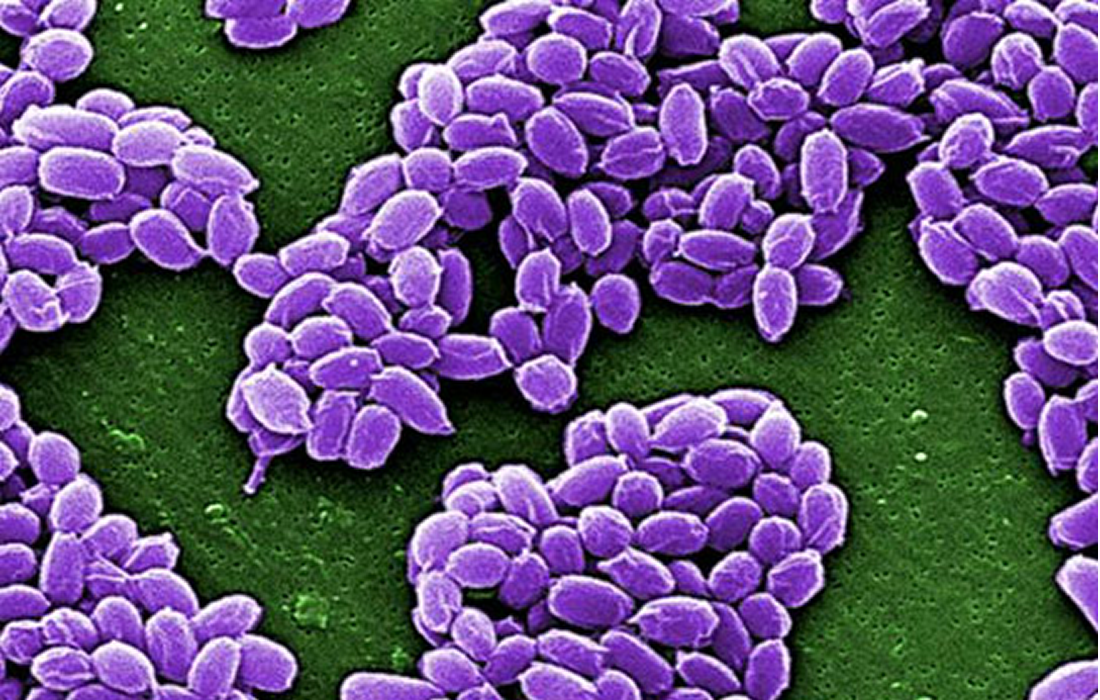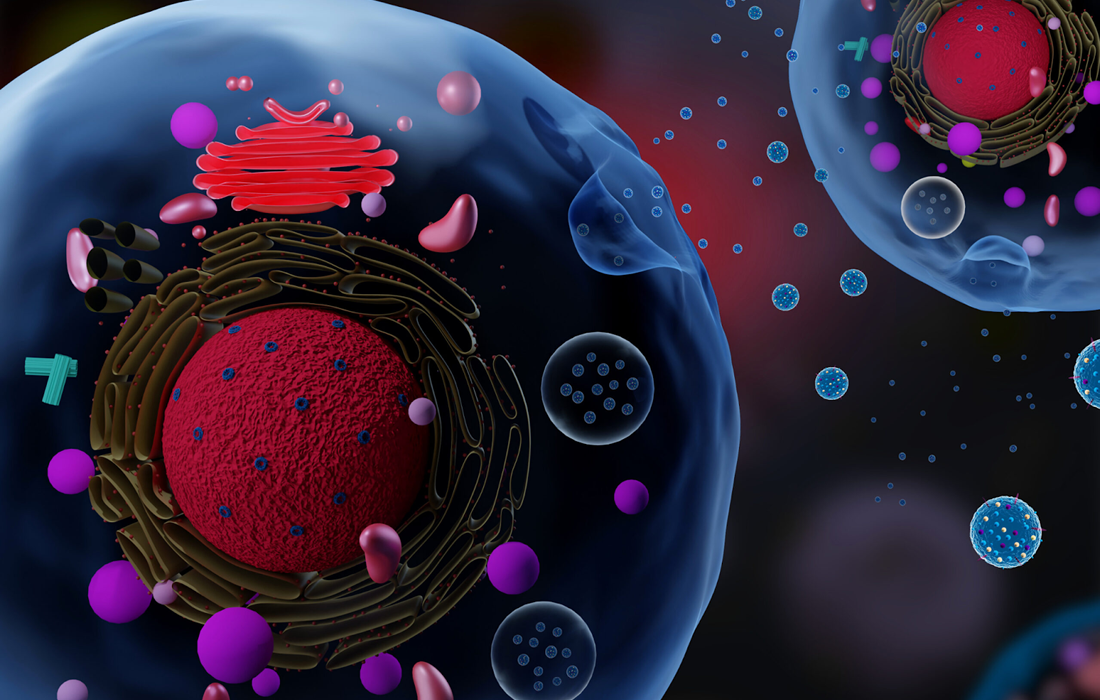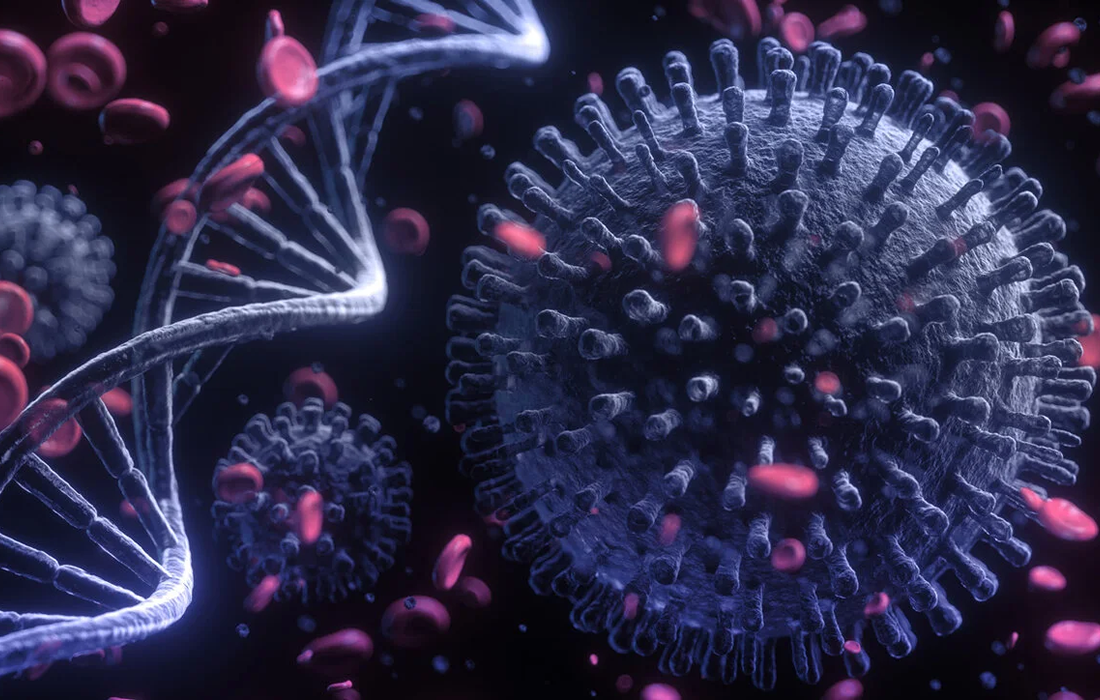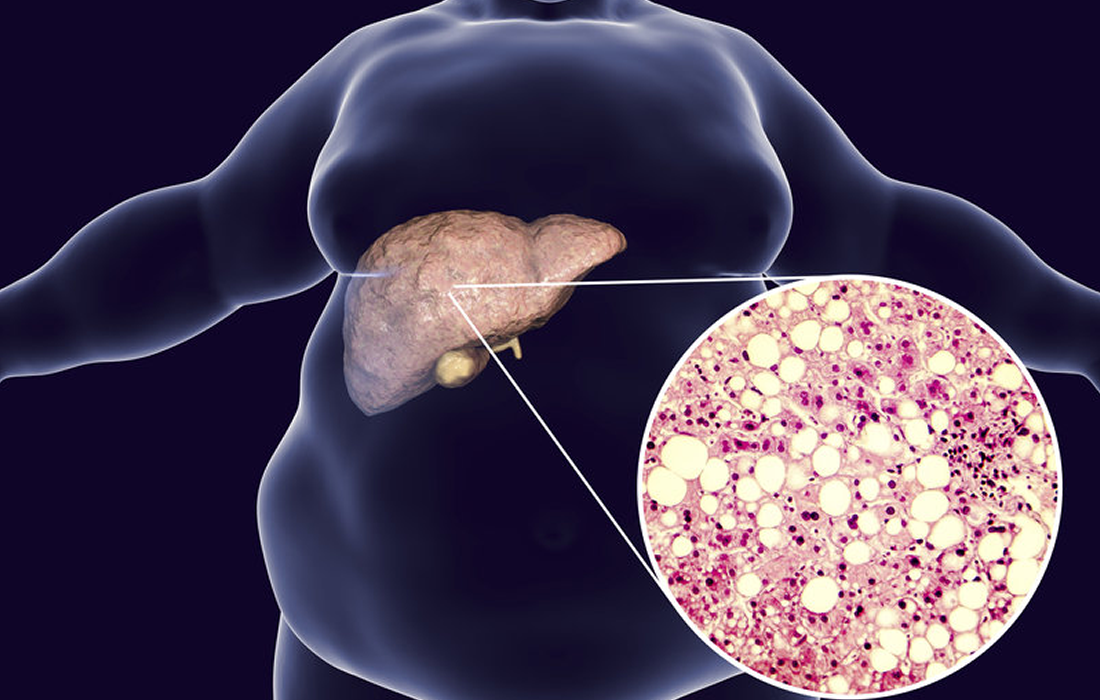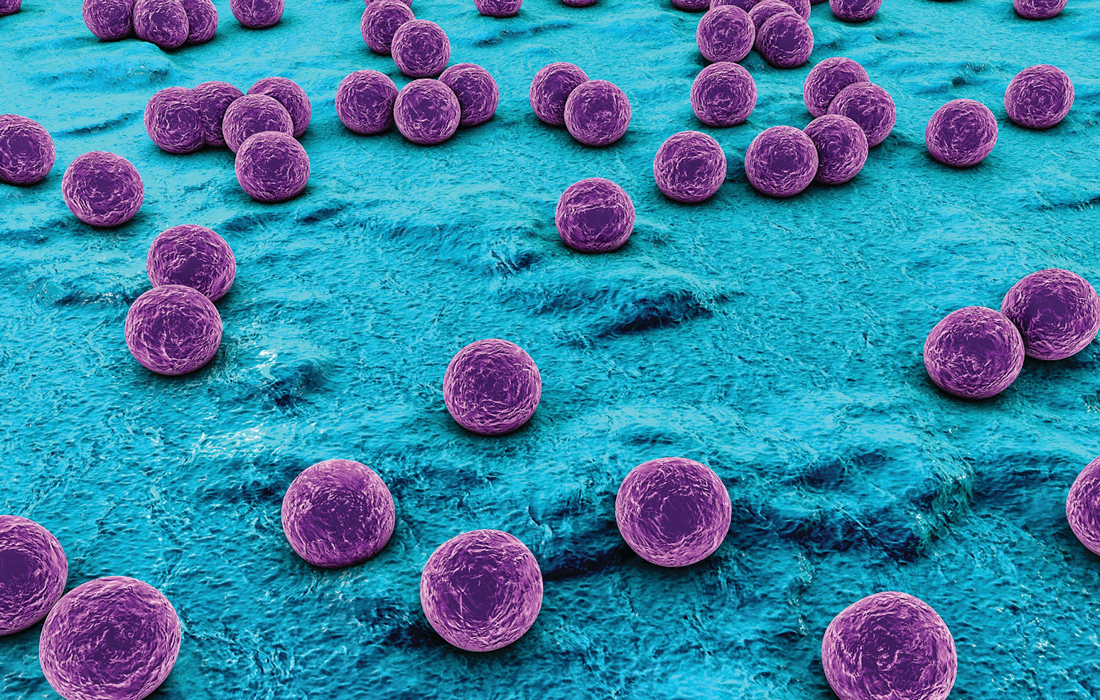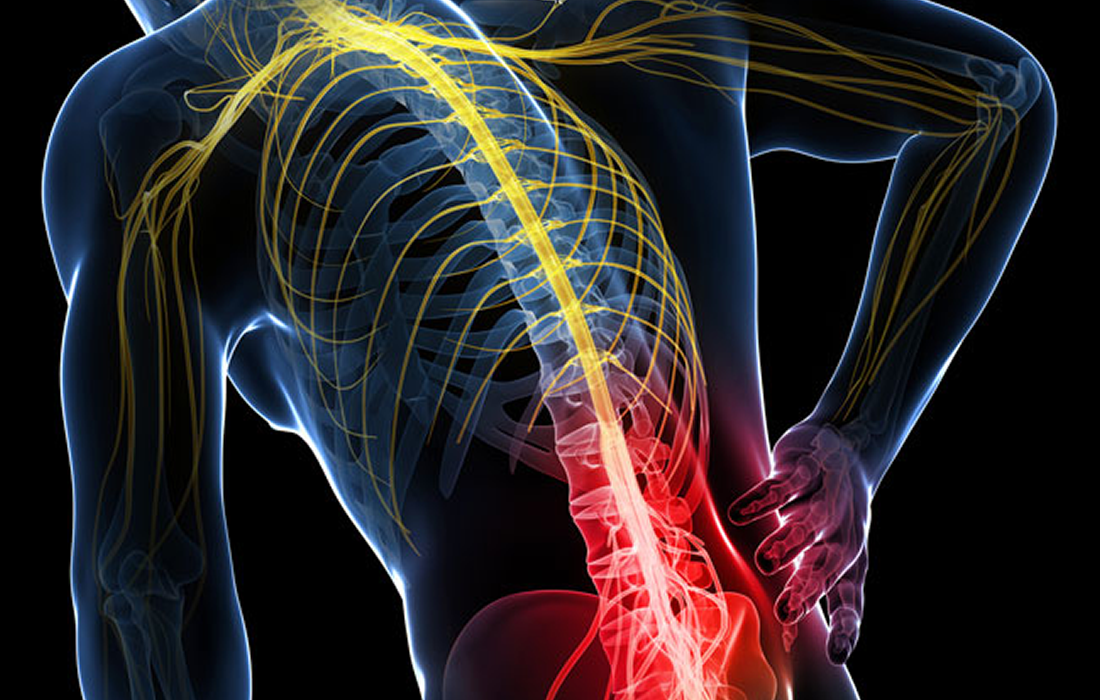The human immunodeficiency virus (HIV) targets the immune system and weakens people’s defense against many infections and some types of cancer that people with healthy immune systems can fight off. As the virus destroys and impairs the function of immune cells, infected individuals gradually become immunodeficient. Immune function is typically measured by CD4 cell count. […]
Author Archives: Francisco Fernandez, MD
Stem cell therapy promotes tissue regeneration and wound healing. Efforts have been made to prime stem cells to enhance their regenerative abilities. Certain marijuana components, namely the non-psychoactive cannabidiol (CBD) and psychoactive tetrahydrocannabinol (THC) are defined as immunomodulators. Migration and differentiation of mesenchymal stem cells (MSCs) are known to be involved in various regenerative processes […]
Pain is a normal defense mechanism that alerts the body of potential damage to prevent further injury. A painful stimulus causes sensitivity, which triggers the transmission of pain signals, via afferent sensory nerve fibers, to the dorsal horn of the spinal cord and up into the brain. Pain information then travels from the brain through […]
What is Parkinson’s Disease? Parkinson’s disease (PD) is a common progressive neurodegeneration disorder and the second most common neurodegenerative disease after AD, with a prevalence of approximately 1% in people over 60 years of age in industrialized countries. PD is a progressive nervous system disorder that affects movement. Symptoms start gradually, sometimes starting with a […]
What is a virus ‘strain’? When scientists use the word strain, they are referring to a genetically distinct virus lineage, distinguishable by one or more mutations from another strain. Strains may or may not be biologically (functionally) distinguishable from one another and some virologists use the term strain only for the former. Two strains would […]
Non-alcoholic fatty liver disease (NAFLD) is the most prevalent hepatic pathology associated with the global obesity pandemic. It is also the leading risk factor for non-alcoholic steatohepatitis and liver cirrhosis and is closely linked to the development of hepatocellular carcinoma. People affected are often also insulin resistant, have reduced glucose tolerance or type 2 diabetes, […]
What Causes an Infection? An infection occurs when another organism enters your body and causes disease. The organisms that cause infections are very diverse and can include things like viruses, bacteria, fungi, and parasites. You can acquire an infection in many different ways such as directly from a person with an infection, via contaminated food […]
Throughout evolution, exercise in the form of food gathering, shelter seeking, and predator avoidance has been essential for human survival and necessitated the development of an adaptive mechanism to support muscle function and overall health. In recent years, technological advances have markedly diminished the need for physical activity, which contributes to the development of different […]
Humans are exposed to microplastics (MPs) daily via ingestion and inhalation. It is not known whether this results in adverse health effects and, if so, at what levels of exposure. Microplastics are fragments of any type of plastic less than 5 mm in length. They cause pollution by entering natural ecosystems from a variety of […]
What is Chronic Low Back Pain? Chronic low back pain is one of the most prevalent conditions causing a patient to seek medical attention and to miss days at work. Back pain can range in intensity from a dull, constant ache to a sudden, sharp, or shooting pain. It can begin suddenly as a result […]



